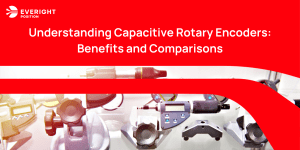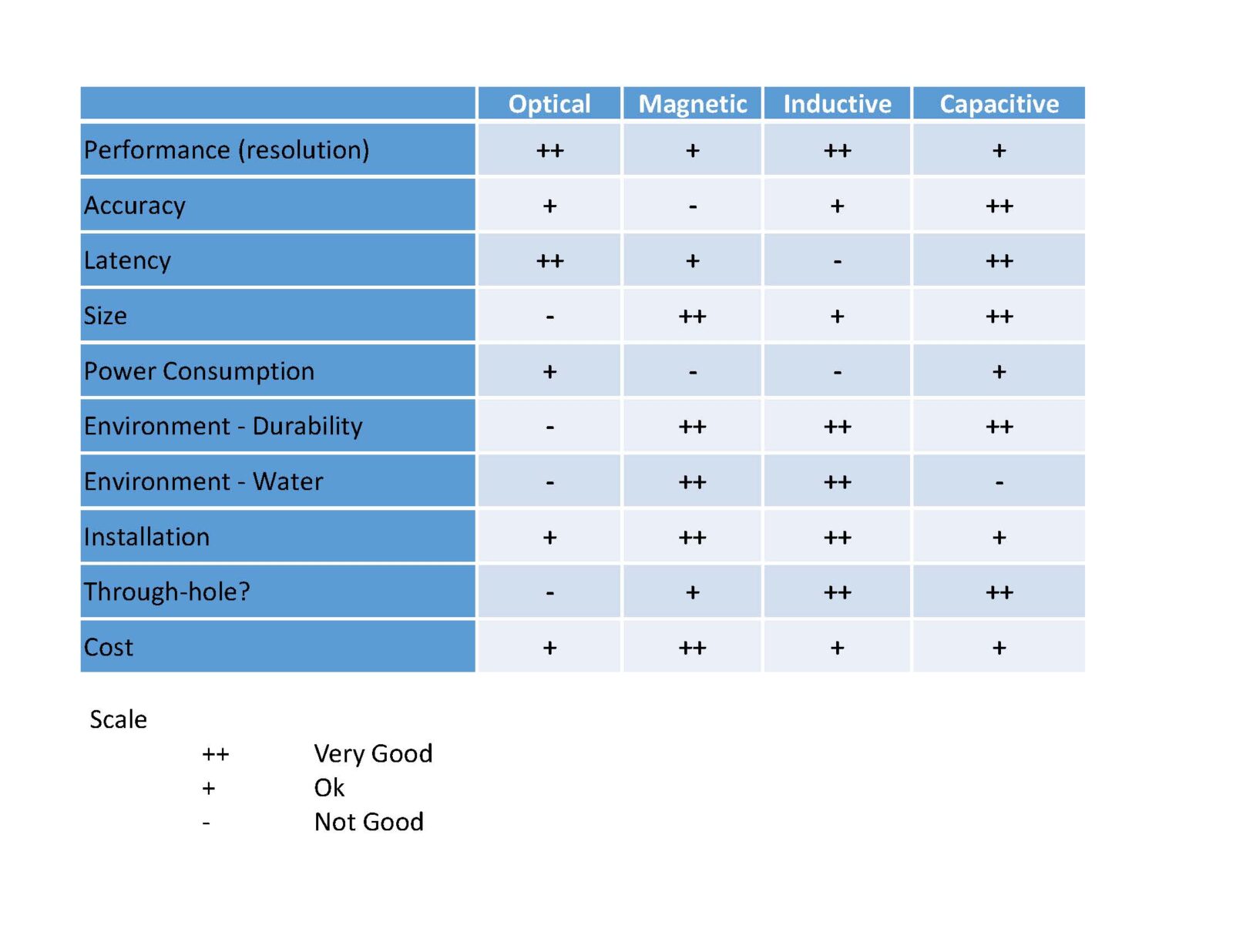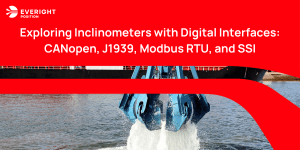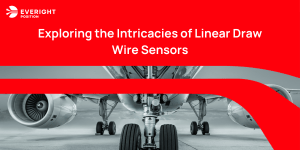Incremental Encoders
Incremental devices provide position change information only, so the actual position (0-360°) is unknown at startup. A once-per-rev index/marker signal defines the zero position or null of the device. It can be detected during a homing routine if needed.
Incremental sensors are typically small, accurate and cost-effective. They provide essentially instantaneous position information with minimal latency.
Absolute Encoders
Absolute devices provide the actual physical position within one revolution. Homing elimination is a major advantage as this process takes time and isn’t always possible depending on the physical limits of the application.
Absolute sensors are usually bigger and more expensive than incremental devices. Data processing of multiple tracks and serial transmission can increase the latency of position reading. Absolute sensors are available in a wide variety of interfaces including analog (voltage, current), SSI, BiSS, CANopen, J1939 and many Ethernet based protocols.
Absolute Multi-Turn
Rotary, multi-turn devices provide actual position over multiple revolutions. Homing can be eliminated. Multi-turn devices incorporate internal gearing, a battery backup or a self-generated pulse counter such as a Weigand Wire.






